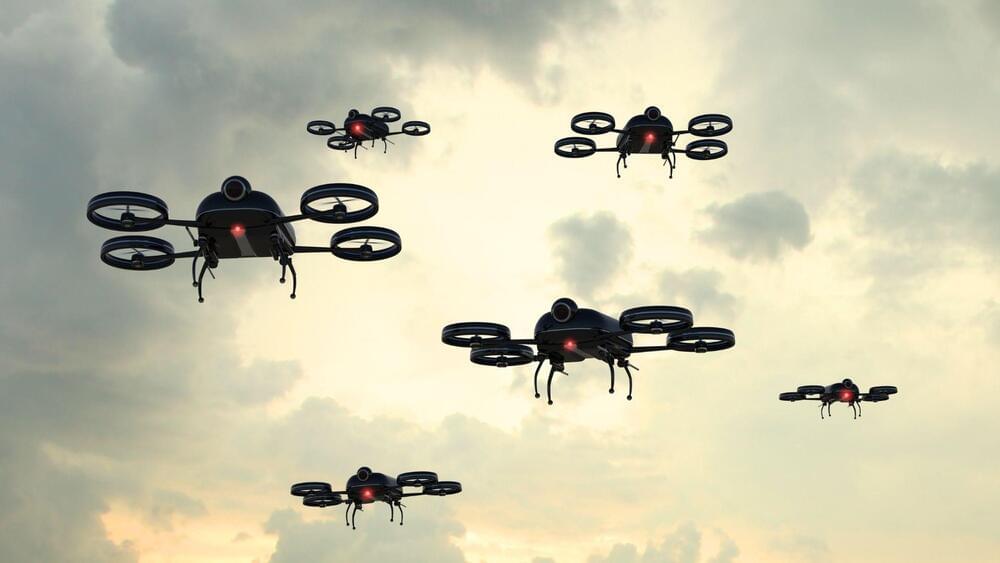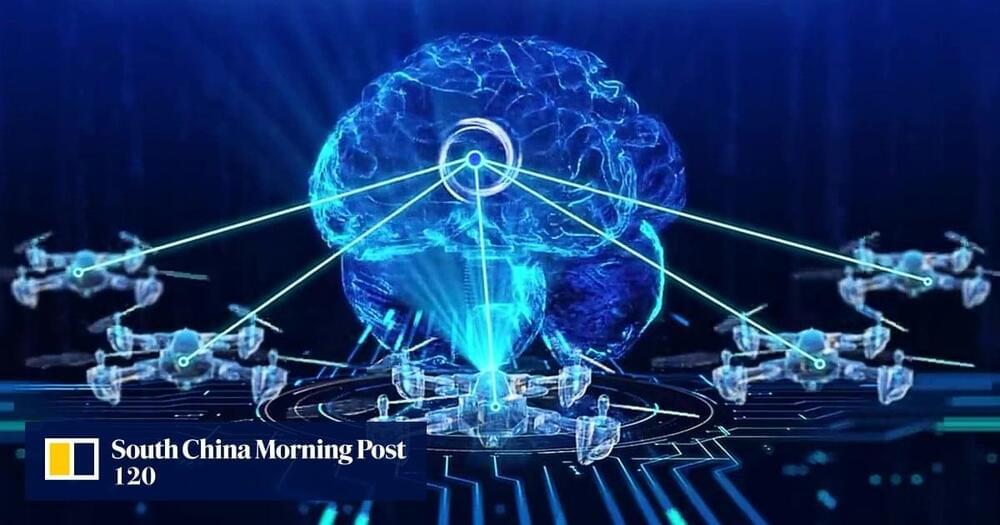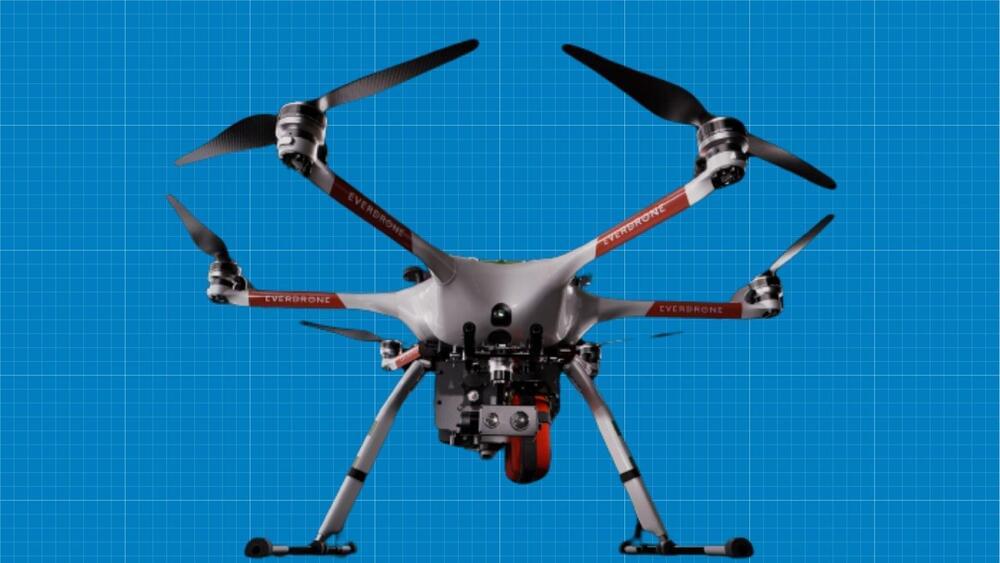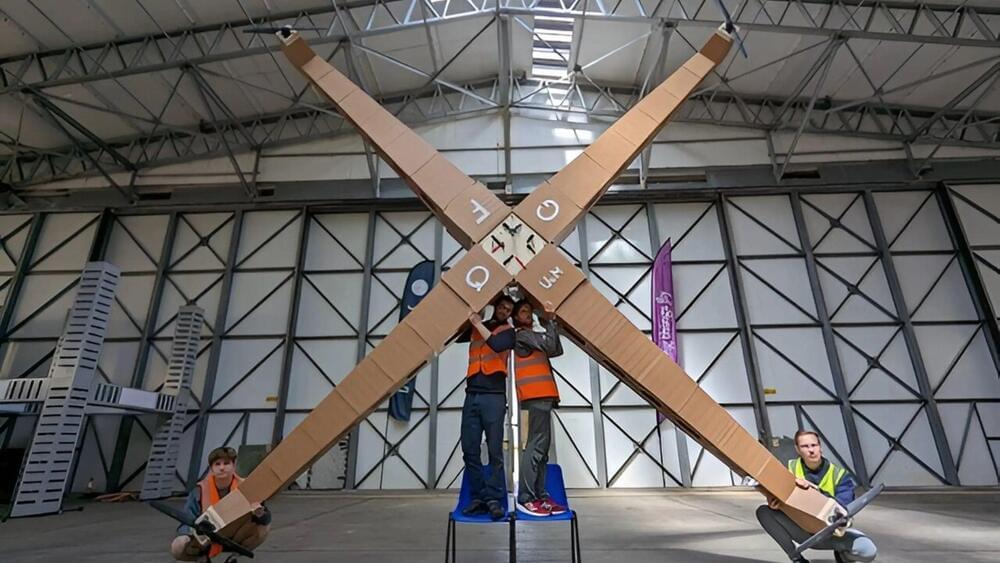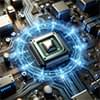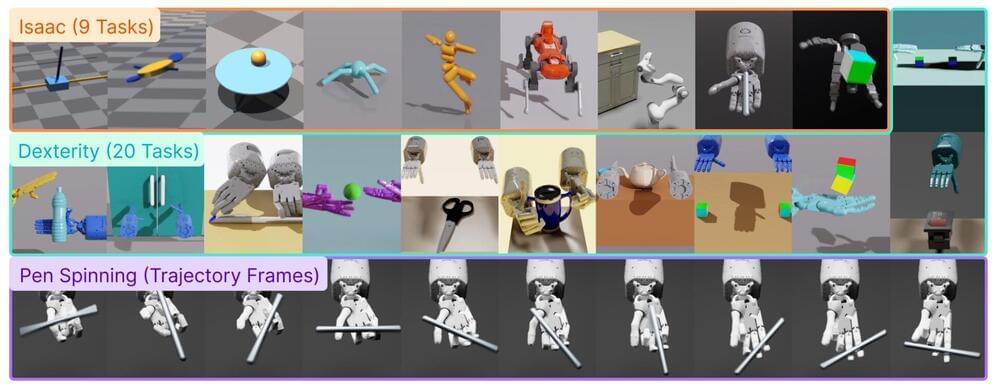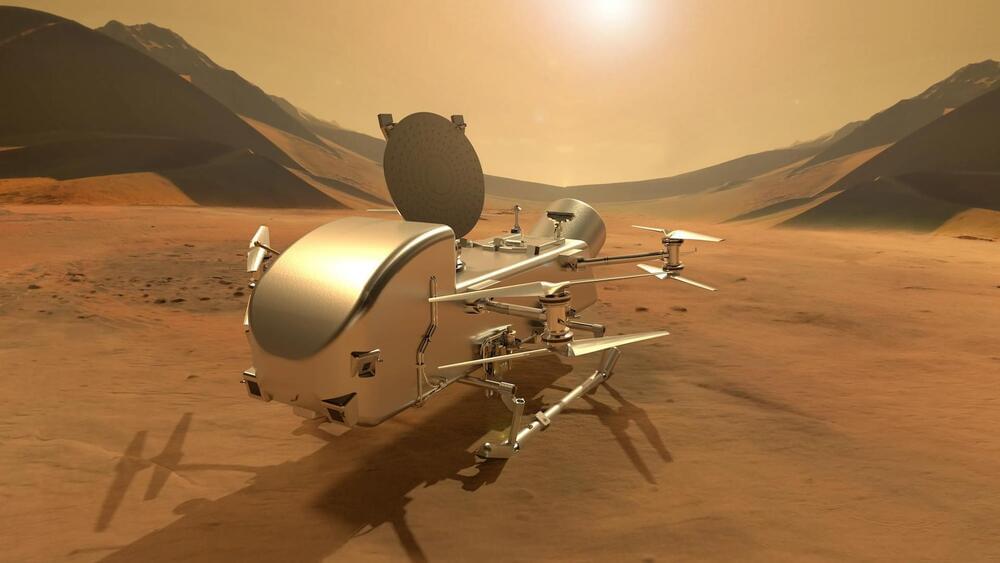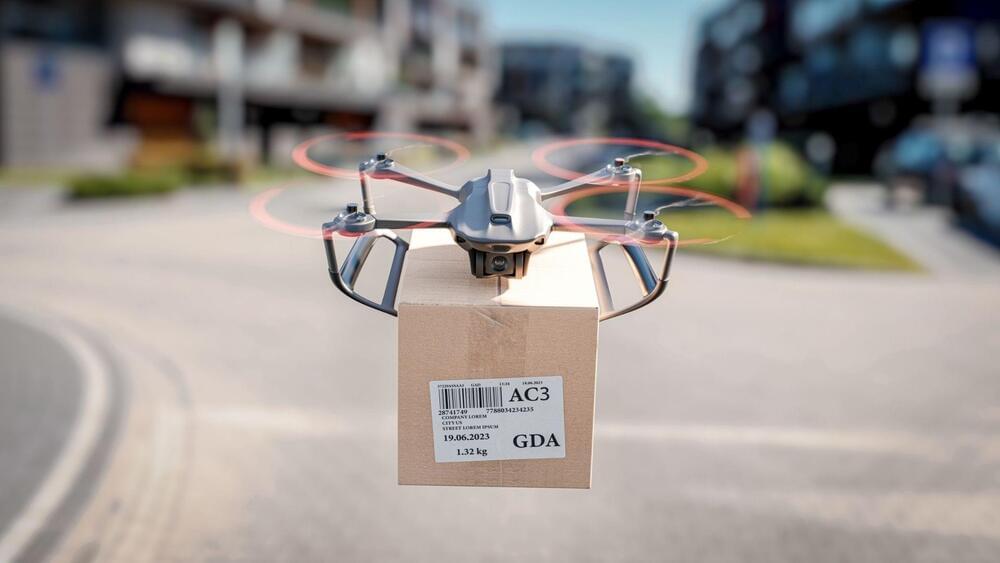The drones utilized large language models to engage with each other and their operator.
Marking a significant leap concerning drone technology, researchers in China have enabled unmanned aerial vehicles (UAVs) to engage in “group chats” to discuss and assign work to one another, much like human teams.
The research work accessed by South China Morning Post (SCMP) was done by a team led by Li Xuelong at the School of Artificial Intelligence, Optics and Electronics at Northwestern Polytechnical University in China. According to them, the technology might improve security patrols, disaster relief, and aerial logistics.
